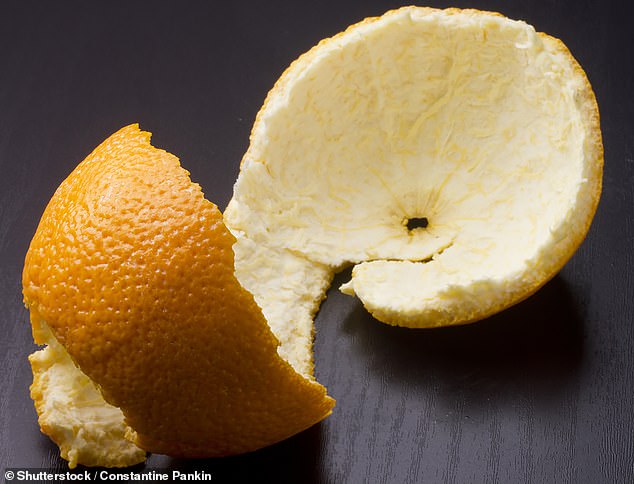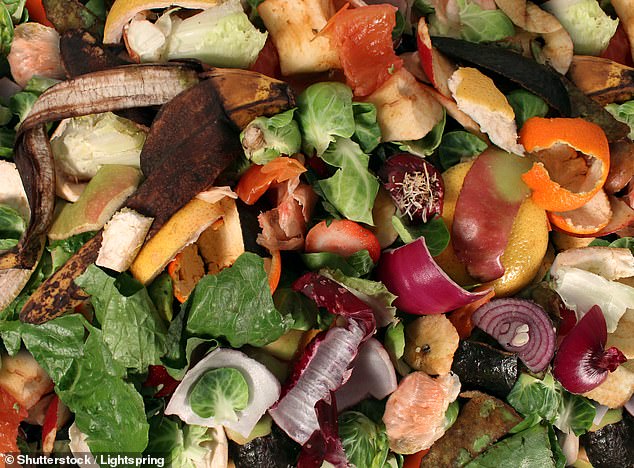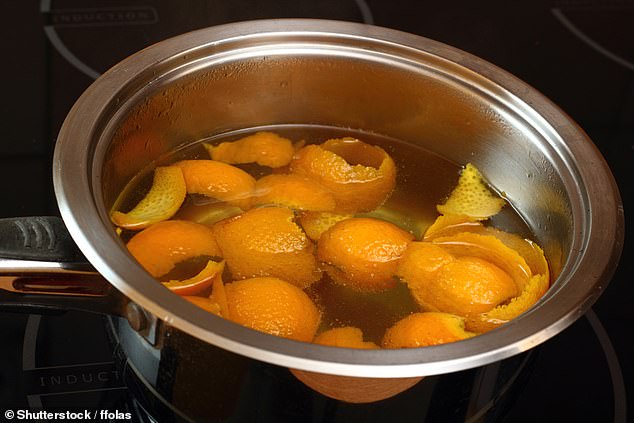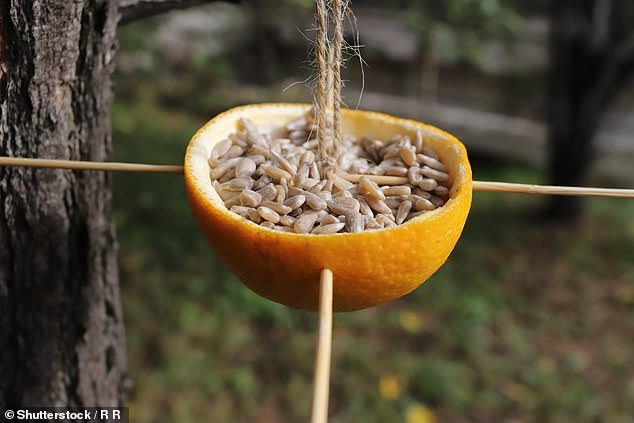Table of Contents
As spring well and truly appears, gardeners across the country will be creating a master plan for how to get the most out of their garden in 2024.
Many of us will also wonder how we can freshen up our gardens, or make them more sustainable and efficient, on a budget.
A humble orange peel can offer solutions to various problems that check all of these boxes together.
Exploring the myriad of ways fruit can benefit your outdoor space, Sarah Lawson, food storage expert at Storage Box Shop said: “The versatility of orange peels extends far beyond the kitchen.
“By integrating them into your gardening practices, you not only contribute to a more sustainable and environmentally friendly approach to gardening, but you also unlock many benefits for your plants and soil.”

A humble orange peel could be an economical, sustainable and creative aspect of your garden for 2024


Although orange peel has a bad reputation among some for composting, it can be a great addition to your home fertilizer.
Enrich the soil
Although some people recommend otherwise due to their difficulty in breaking down and their acidity, orange peels can be a fantastic addition to your compost pile.
While it’s true that worms don’t like an acidic environment, the composting process works with or without insects.
Being rich in nitrogen, they help create balanced compost, but it is crucial to chop them into smaller pieces to speed up the decomposition process and prevent pests from being attracted to the peels.
You can also incorporate small pieces of orange peel directly into the soil, where they slowly break down to release nitrogen, potassium and phosphorus, which are essential nutrients plants need to thrive.
Natural pest repellent
The strong citrus odor contained in orange peels does not attract many garden pests, including ants and aphids, but also rodents.
Scattering small pieces of peels around plants can keep these pests away, but you should replace them – perhaps via a compost pile – when they dry out, as they will lose their aroma.
Improved plant health
If you don’t have a compost pile, you can still benefit from the nutrients of orange peels by soaking them in water for a few days to create a nutrient-rich “tea”,
This concoction can be used to water plants, providing them with a boost of vitamins that promote overall health and vigor.
You can also dry the peels and grind them into a powder which will have the same effect.


If your garden doesn’t have space for a compost pile, you can still benefit from orange peels by making a sort of orange peel “tea.”
Garden beautification
You can use dried orange peels as decorative mulch for your flower beds.
By doing this, you will not only add a burst of color and a pleasant aroma, but you will also help retain soil moisture and reduce weed growth.
That said, you might need an army of orange eaters to make a significant impression on your beds.
Wildlife attraction
Aside from your precious plants, you can also turn some of the well-peeled bark into a natural bird feeder, by filling half of an orange peel with birdseed and hanging it on a tree.
This eco-friendly bird feeder not only attracts birds but also adds a touch of charm to your garden.


If you manage to scavenge half a uniform orange peel, you can use it to make a colorful and natural bird feeder.
Creative planters
Orange peels can also be used as a biodegradable plant pot for starting seeds, by filling half of a peel with soil.
Once the seedlings are ready, you can plant them directly in the garden, peel and all – the skin will decompose, enriching the soil around the new plant.
